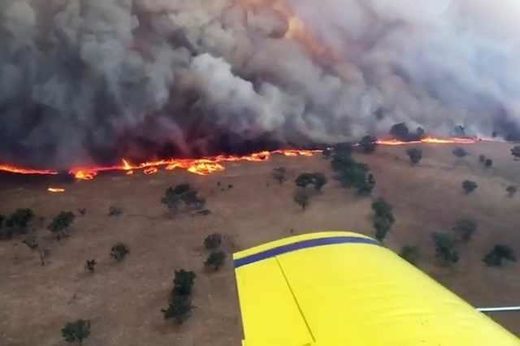
Australia is being scorched by a massive "heatwave from hell," as air temperature across the continent spiked to some 45 degrees Celsius, with the highest, 48.5 C, registered in the town of Tarcoola. As Sputnik reported Friday, the Australian fire service announced a nationwide fire ban and bushfire warning. They were right to do so, but they didn't prevent New South Wales from being engulfed in flame.
According to media reports, there are more than 80 out of control bushfires ravaging the state at the moment. The largest of those is some 350 km from Sydney. Firefighters are reportedly going door to door urging residents to evacuate. Thankfully, no loss of life or injury has been reported so far, but there are reports of houses, machinery and other property already lost to fire some 370 km east of Sydney.
The Bureau of Meteorology says the fires that started in the central region and are spreading northeast, producing hot, dry winds that also carry a lot of smoke.
"This will produce widespread severe to catastrophic fire conditions in central and northern districts," the bureau said.
According to NSW Rural Fire Service Commissioner Shane Fitzsimmons, the extremity of fire ratings is "simply off the old conventional scale." He said that current fire conditions are worse than the notorious Black Saturday in 2009, which claimed 173 lives and has been described as one of Australia's worst peacetime disasters.
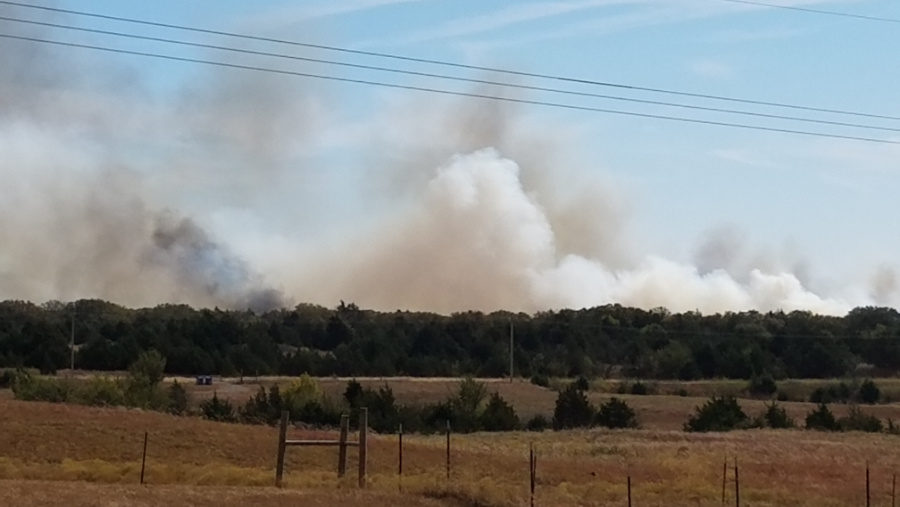

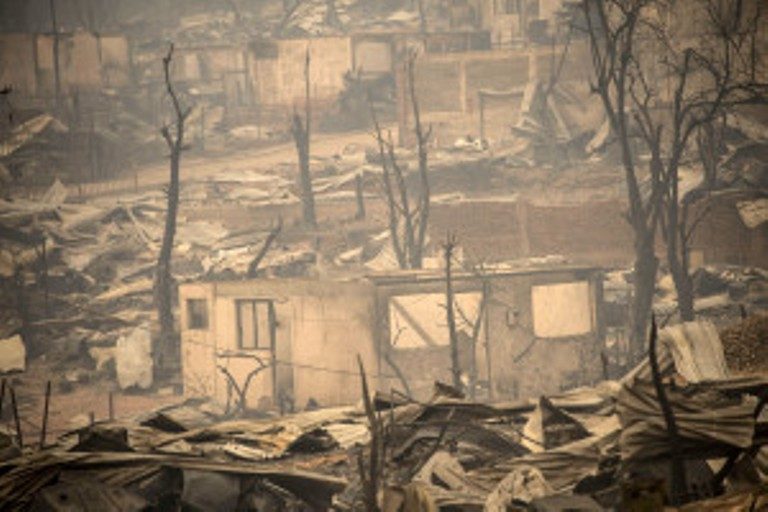
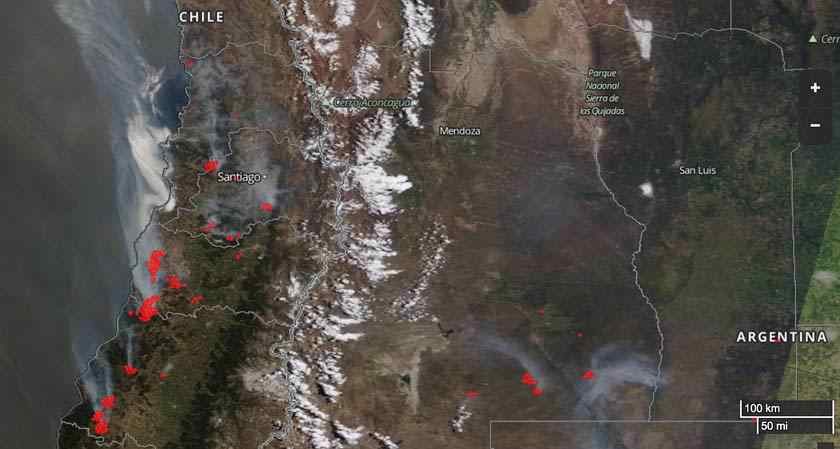
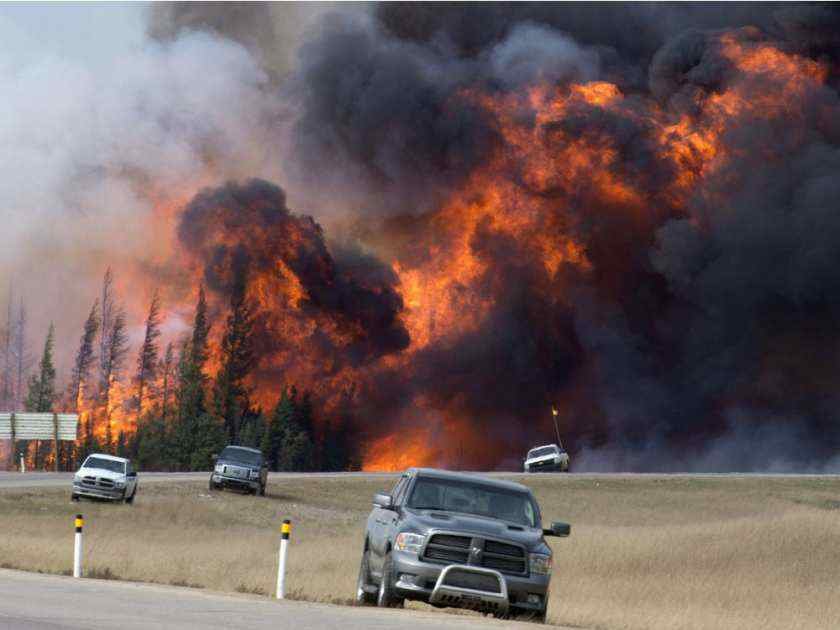
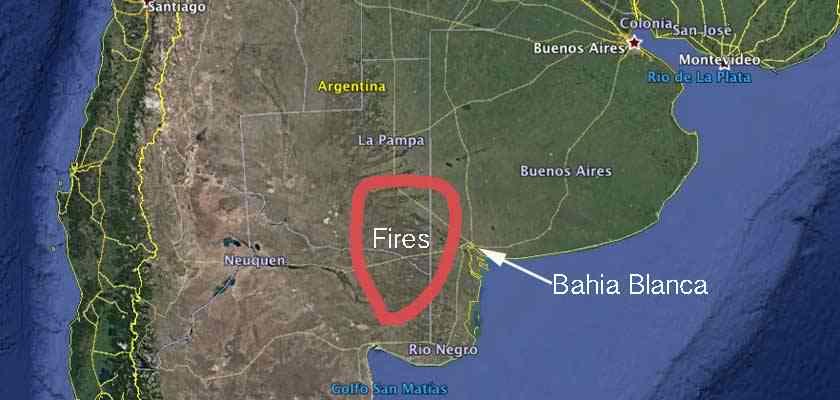
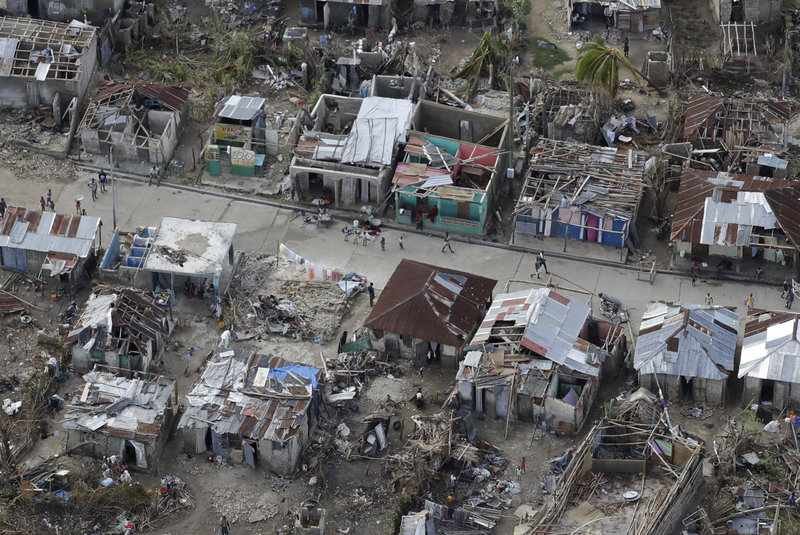
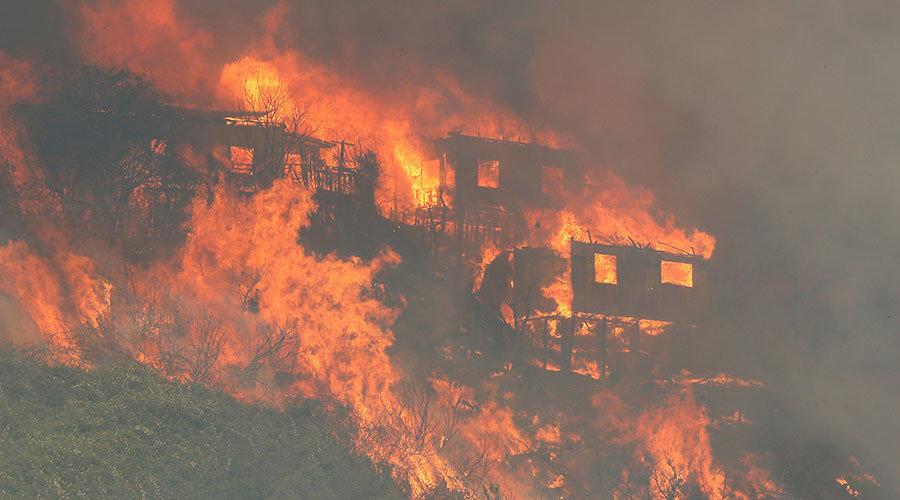
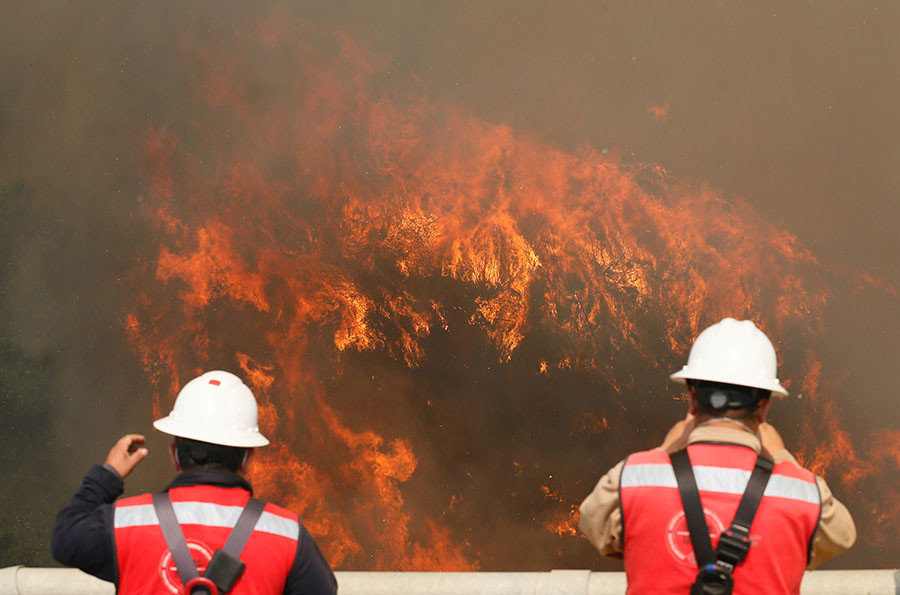
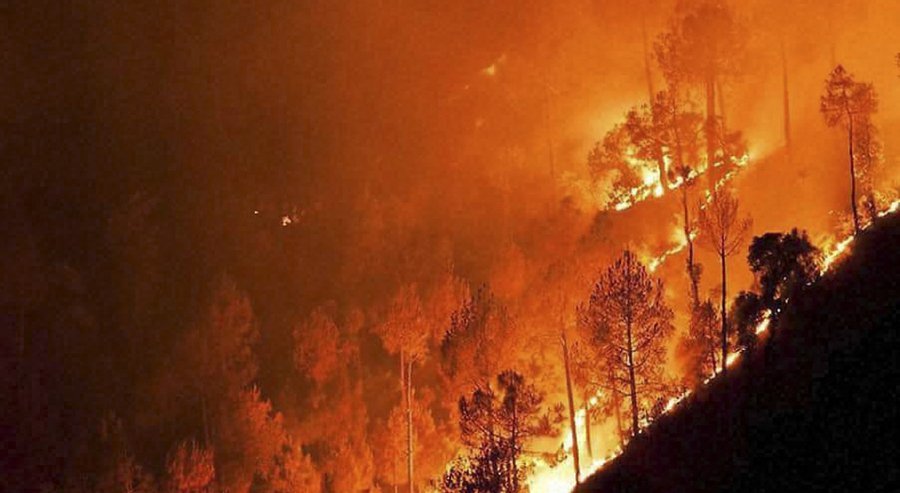



Comment: See also: